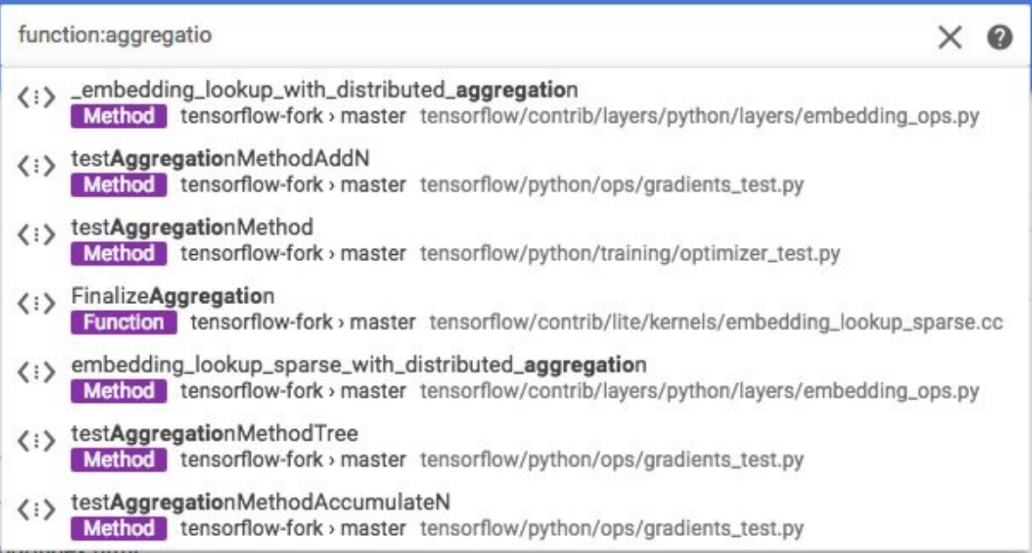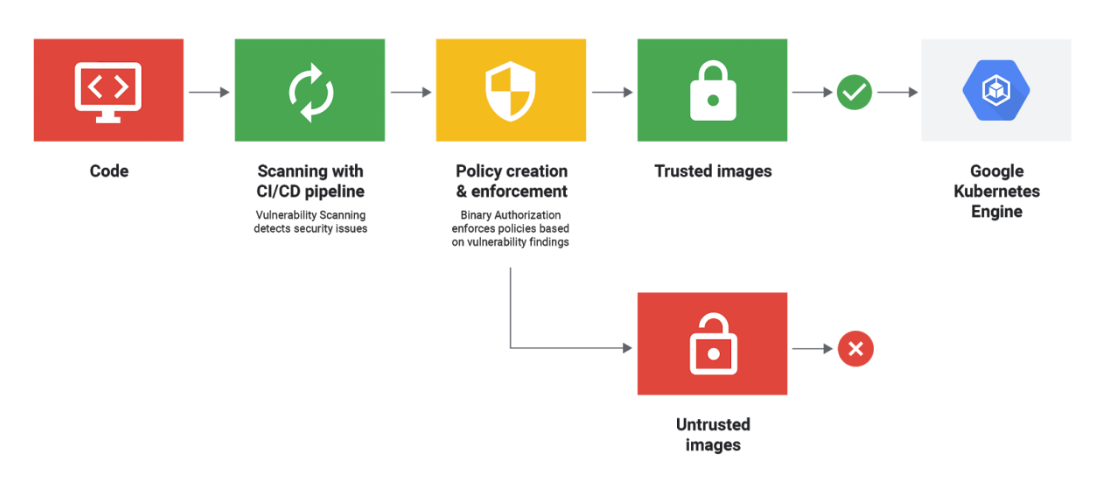Curve, the London fintech that lets you consolidate all of your bank cards into a single Curve card and app to make it easier to manage your spending, has always faced a slight awareness problem. Even though nobody else does what Curve does — the product is innovative on a multiple fronts, such as its “financial time travel” feature — it is also the kind of proposition that not everybody gets until they’ve signed up and started using it. Once they do, however, they tend to stick around. I’m told retention rates are way above industry average at 70 percent.
Three years since launch and much further along in the roadmap, the sum of its parts is beginning to make Curve a much easier sell. Not least because any company that wants to create “one card to rule them all” needs to have multiple bases covered if it is going to convince you to leave your other debit and credit cards at home. One of those, of course, is low FX fees when spending abroad. Or, better still, zero fees.
Enter the latest update from Curve, which introduces the “real exchange rate, with no hidden fees”. Up until now, Curve offered a better exchange rate and fee structure than most high street banks (around 1-2 percent on top of MasterCard’s competitive exchange rate), but it wasn’t up there with the very best on the market, such as the likes of Revolut, Starling, TransferWise, Monzo or Tandem, depending on use case and your penchant for convenience over price.
To that end, the fintech startup has spent the last six months re-engineering the platform’s money exchange piping to be able to compete much harder in currency conversion and at the point of purchase.
“Our zero FX proposition is built on the foundations of the innovative technology at the heart of Curve, enabling us to perform FX swaps on top of any card that you have loaded into your Curve wallet without the user needing to do anything special and with the transaction showing in the underlying cards native currency,” Curve CTO Matt Collinge tells me. “We are essentially adding a wrapper of convenient ‘fintechness’ to existing bank and credit cards”.
The new “zero fee” pricing is fairly straight-forward but there are some caps and different limitations depending on if you have the blue free Curve card or the black paid-for one. The pricing changes slightly from November, too.
The company broke down the terms as follows:
Blue Curve card users:
– Spend Abroad: 0% fee and access to the Real Exchange Rate on spend in over 150+ supported foreign currencies worldwide. Initial cap of up to £500 per rolling month, and 1% fee thereafter (in November this will become 2% thereafter).
– ATM Extractions Abroad: £200 at 0% fee, 2% or £2 per transaction thereafter (whichever is greater).
– Weekend Spend Abroad: as the currency market is closed, we need to charge a 0.5% markup on Euros and US Dollars and 1% markup for all other supported currencies (in November this becomes 0.5% fee for Euros and US dollars, 1.5% fee for all other currencies).Black Curve card users:
– Spend Abroad: 0% fee and access to the Real Exchange Rate on spend in over 150+ supported foreign currencies worldwide, for an unlimited amount per rolling year – subject to a generous Fair Use Policy of £15,000 and 1% fee thereafter (in November this will become 2% thereafter).
– ATM Extractions Abroad: £400 ATM at 0 fee, 2% or £2 per transaction thereafter (whichever is greater).
– Weekend Spend Abroad: as the currency market is closed, we need to charge a 0.5% markup on Euros and US Dollars and 1% markup for all other supported currencies (in November this becomes 0.5% fee for Euros and US dollars, 1.5% fee for all other currencies).
In a call, Curve founder and CEO Shachar Bialick explained that the £500 per month zero fee cap for blue Curve card users is informed by research the startup did that showed that over 80 percent of traveling customers spend less than £500 abroad per month. The extra fees also kick in after to ensure Curve doesn’t lose money — there is in-built currency risk when attempting to give customers the real exchange rate in real-time — and is able to build a sustainable business in the long run. Likewise, the weekend bump is pretty standard and is a strategy also employed by Revolut, for example. With that said, for more frequent travellers, Bialick’s advice was that they should apply for the paid-for black Curve card, which also brings increased cash-back.
Aside from “zero fees,” there are other advantages to using Curve when spending abroad or in a foreign currency, according to the Curve founder. Since the Curve card acts as a conduit to your other bank cards (similar to the way mobile wallets like Apple Pay work), you are effectively turning all of your debit and credit cards into zero fee currency exchange. And you don’t need to top up or decide in advance how much foreign currency to convert or worry about transferring it back if you under spend on your trip. In addition, Curve supports 150 global currencies (as a comparison, Revolut supports 24 currencies).
But more than anything, Bialick hopes the headline of “zero fees” will shut down one potential reason not to go ‘full Curve’ for all of your everyday spending. His feeling is that once prospective users realise it competes very aggressively on FX, which is how a lot of challenger banks have attracted customers, they’ll want to give Curve a try and ditch their other cards in the process. Only then will they appreciate Curve’s fintech convergence proposition.






